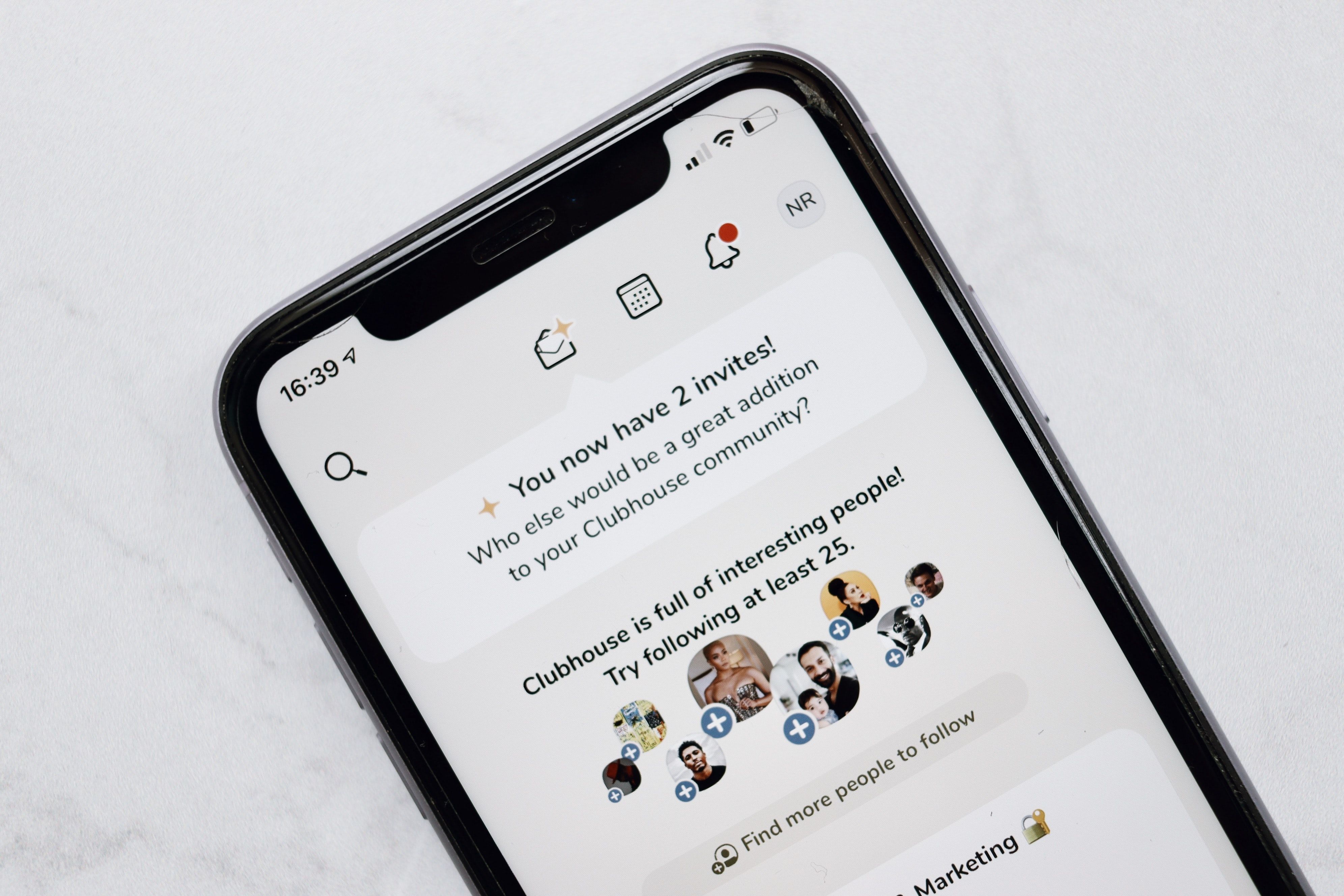Drop-in audio chat rooms, like Clubhouse and Twitter Spaces, are the new wave—and the two platforms are battling it out for dominance. Clubhouse and Twitter Spaces are the most popular audio-based platforms on social media. Unlike podcasts, these social media platforms are more engaging, allowing audience members to chime in during presentations.
While Clubhouse and Twitter Spaces follow a similar format, they do have subtle differences. In this guide, we’ll explore which platform is the best.
1. Accessibility
While Clubhouse came onto the scene as an exclusive, invite-only app, it has since then become accessible to everyone. Anyone can join Clubhouse and partake in the various chatrooms or create a room of their own, based on their niche.
In addition to joining a room within your niche, you can join any chatroom based on a topic you may be interested in. This helps you discover subjects you may not necessarily have known you’d enjoy, making it great to learn something new.
With Twitter Spaces, you can only create a space if you have more than 600 followers. If you have fewer followers, you can join an existing conversation—but you can't host one.
Anyone can join your Twitter spaces. Your followers can join in when they see it displayed at the top of their screen or in their feed, and non-followers can also join if they come across a tweet about one you've started.
Much like Clubhouse, Spaces allow you to engage with your followers and users outside of your network. This creates opportunities to connect with new users and engage in open conversations on Twitter.
Both Clubhouse and Twitter are available on Apple's App Store and Google Play.
Winner: Clubhouse
2. Compatibility
Regardless of whether you use Twitter Spaces or Clubhouse, you can only do so on your smartphone—which could pose an issue for users who prefer to use their computer.
Twitter has, however, revealed plans to launch Spaces for web in the future.
Winner: Draw
3. Interaction
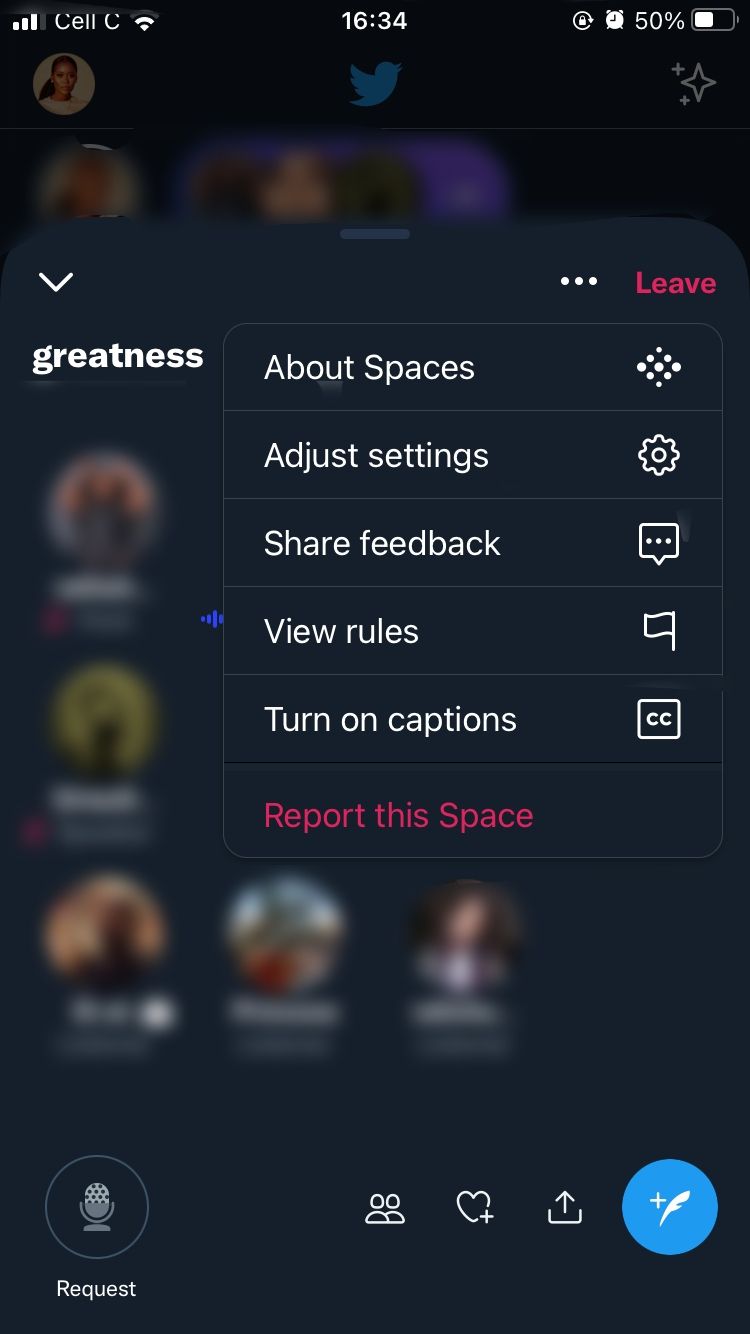
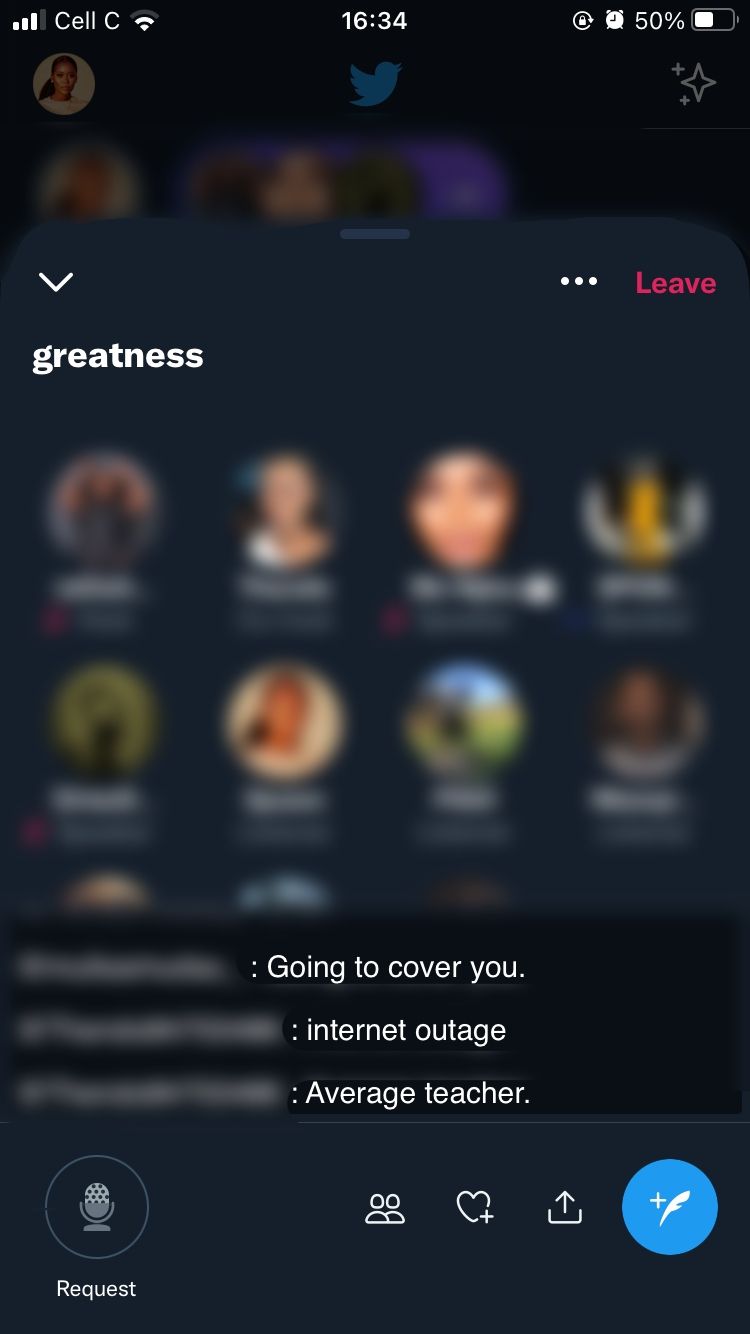
Apart from speaking, Clubhouse does not allow for much interaction during conversations. Unlike Spaces, you cannot react by using emojis. You can, however, raise your hand if you wish to speak. This is helpful for maintaining order during a discussion, considering that Clubhouse allows for an unlimited number of speakers and up to 5,000 listeners in a room.
The app does not offer captions during live conversations, making it more challenging to keep up with the discussion if you've got hearing difficulties or aren't fluent in the language used.
Clubhouse allows you to ping someone from your connections if you want them to enter the room you're currently in.
Twitter Spaces allows you to engage in conversations with emoji reactions. Spaces also have an auto-captions feature, which is especially beneficial to those who may be hard of hearing.
Twitter Spaces restricts the number of people who can participate in a conversation. While you can have unlimited listeners, you can only have 11 people act as speakers. So, Spaces is unsuitable for large-scale discussions.
Winner: Twitter Spaces
4. Interface
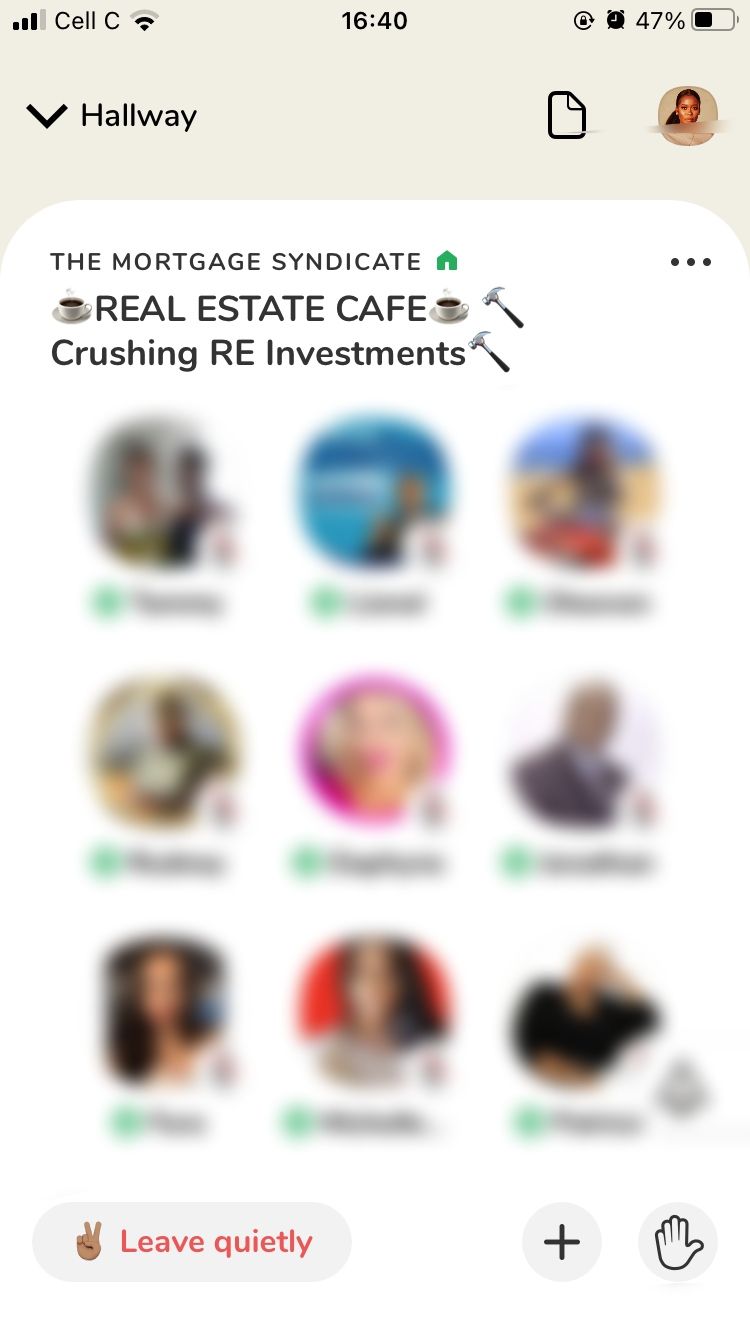
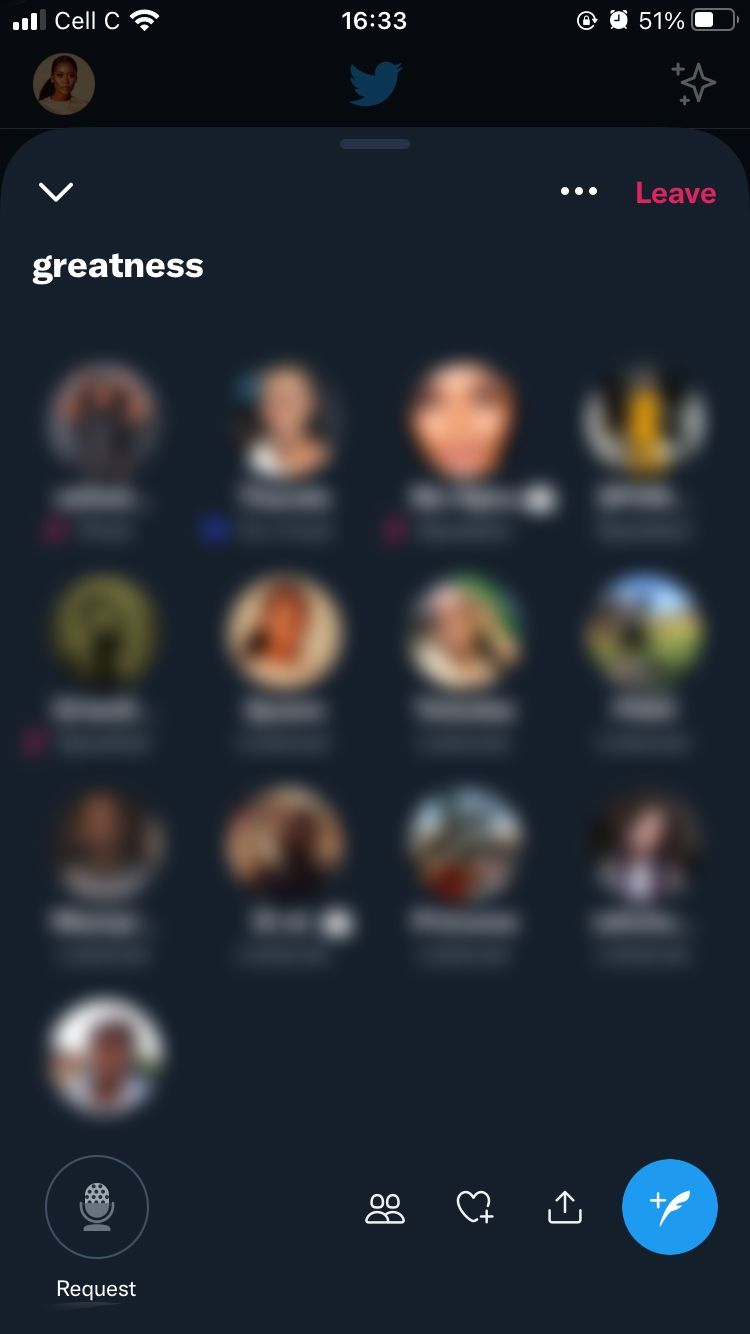
Clubhouse and Twitter Spaces have similar interfaces.
When you launch Clubhouse, you land in a “hallway”. Here, you can see all the active rooms and can pick the conversations you want to drop in on. When you are in a room, you can view all the participants in a tiled view, along with their names under their profile pictures.
At the bottom of the screen are options to "leave quietly," ping someone to join the room, and raise your hand should you wish to speak.
At the time of writing in September 2021, Spaces' design shows a maximum of two spaces at the top of the Twitter app, where Fleets used to be, and three with horizontal scrolling. Unlike Clubhouse, Spaces has no “hallway” to discover active rooms you can join. Moreover, you can only see rooms from people you follow.
Unlike Clubhouse, Spaces has no option to search for more Spaces. This limits your ability to discover new Spaces outside of your own audience or niche. Once you're in Spaces, you're able to see a tiled view of listeners and speakers (just like on Clubhouse), along with roles (either host, speaker, or listener) below their profile pictures and names.
Winner: Clubhouse
5. Authenticity
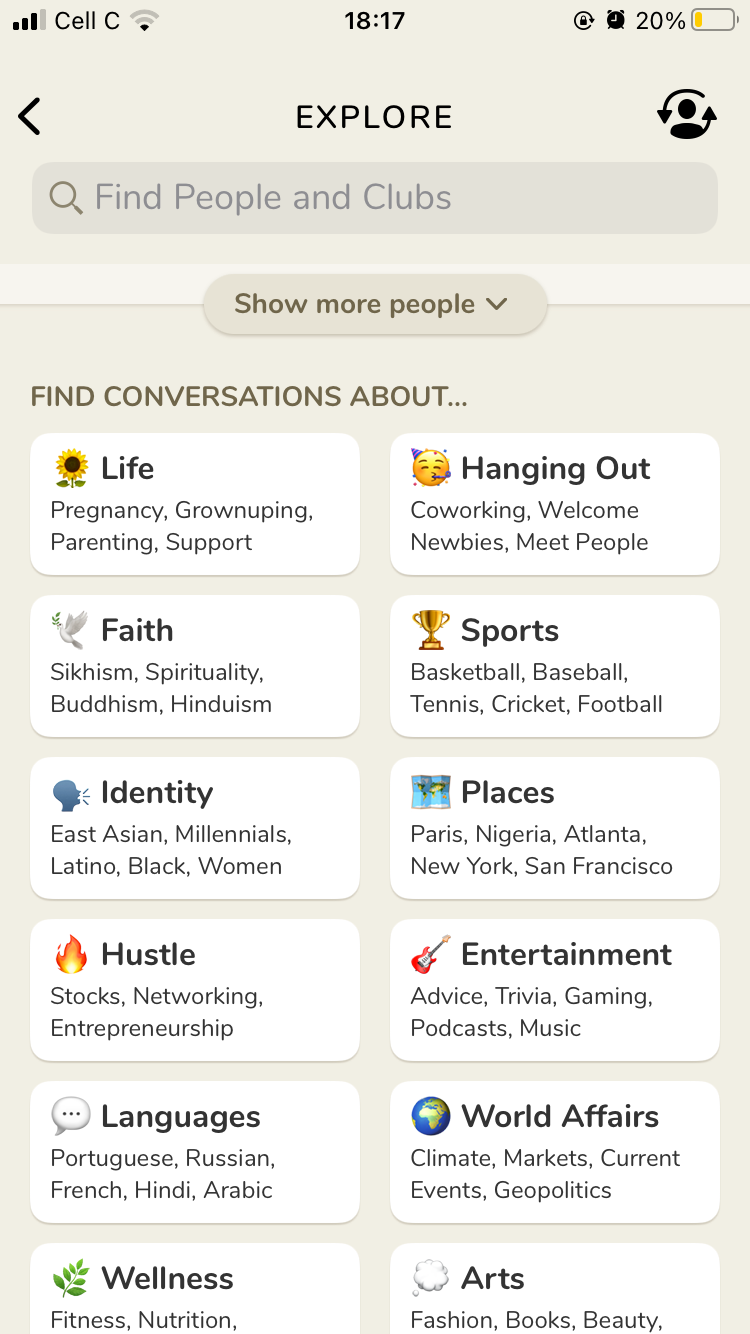
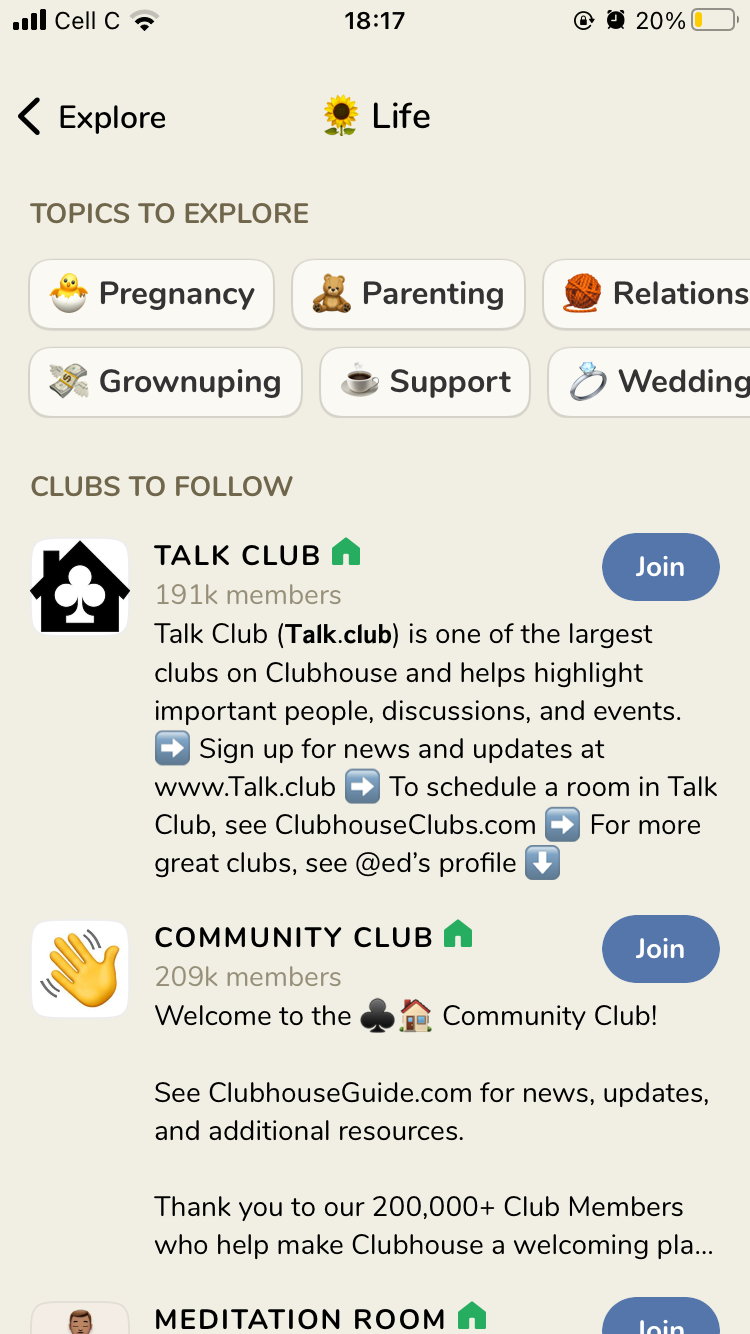
Because Clubhouse started as an invite-only app, it could attract users who are interested in creating or consuming content within their niche. This has resulted in more engaging and authentic audiences.
Spaces exists within the Twitter platform, which has broad audiences interested in various topics at any given moment in time. As such, it's not always easy to get authentic listeners. The authenticity of your audience largely depends on your followers.
If your followers are within a particular niche, your audience becomes more authentic. But because non-followers can join in on your conversations on Spaces, it could be hard to manage the authenticity of your audience.
Winner: Clubhouse
Clubhouse vs. Twitter Spaces: Which Platform Wins?
While Twitter Spaces is a fairly good drop-in audio feature and allows for more engagement during conversations, it doesn't have as many layers as Clubhouse does.
Clubhouse pioneered drop-in audio on social media and is dedicated to that format as a whole, instead of having it as a feature within an app with a lesser-defined focus on audio.
While social media networks are continually improving, very few are successful in reinventing the wheel. Several social media apps have tried to copy Clubhouse. Still, the app's uniqueness continue to make it the stand-out drop-in audio social media app, and it may maintain its grip on this type of market for a while.
Clubhouse vs. Twitter Spaces: Drop-In Audio Is Here to Stay
Clubhouse’s entry into the social media market changed the game and sparked competition from the likes of Twitter.
Drop-in audio is a new, exciting, and different type of social media offering that made waves upon launching, so it’s no surprise that it attracted competition the way it has.
As these platforms gain more interest and popularity, more tech giants seem to be ready to emulate the success of Clubhouse by offering similar platforms or features. When it comes to Clubhouse vs. Twitter Spaces, Clubhouse looks like it comes out on top for now—but we're excited to see how this space develops over time.


